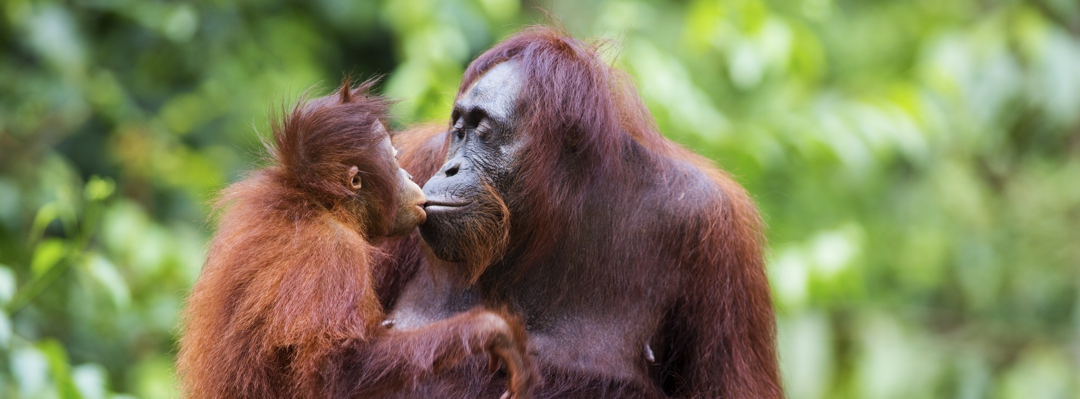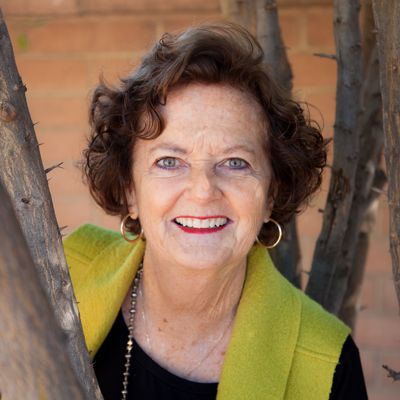
When I read the latest reports on where we are as a planet when it comes to entire species going extinct, I said to our team “What’s it going to take to wake people up? How extreme do things have to get before every man, woman and child on this planet gets engaged in the “preserving the species we have left” movement? What can we all do, as a small group of dedicated individuals, to change the world and stop the insanity? How can we make things better?” How I wish we were able to come up with that magic bullet; with that one idea that would start a revolution; with those solutions that would inspire and engage. How I wish that Mrs. Green’s World could be a major global driver to slow species extinction down…
What’s the Story
The backstory: On May 6th of this year, the United Nations issued a report: UN Report: Nature’s Dangerous Decline ‘Unprecedented’; Species Extinction Rates ‘Accelerating’. Needless to say, that caught my attention. The next few bullets alarmed me further:
- Current global response insufficient;
- ‘Transformative changes’ needed to restore and protect nature
- Opposition from vested interests can be overcome for public good
- Most comprehensive assessment of its kind
- 1,000,000 species threatened with extinction
The Bottom Line
The report goes on to say that Nature is declining globally at rates unprecedented in human history and that the rate of species extinction is accelerating, with grave impact on people around the world now likely. I have certainly been aware that things are bad but maybe I never wrapped my head around just how bad until I read this entire report.
In terms of the comprehensiveness and credibility of the report? It was compiled by 145 expert authors from 50 countries over the past three years, with inputs from another 310 contributing authors. The Report assesses changes over the past five decades, providing a comprehensive picture of the relationship between economic development pathways and their impacts on nature. It also offers a range of possible scenarios for the coming decades. Based on the systematic review of about 15,000 scientific and government sources, the Report also draws (for the first time ever at this scale) on indigenous and local knowledge, particularly addressing issues relevant to Indigenous Peoples and Local Communities. That was enough for me. Yes, I read on and yes, I invite, urge, encourage you to read on because you matter and because to know better is to do better.
The 5 Direct Drivers in Nature so far?
- Changes in land and sea use
- Direct Exploitation of Organisms
- Climate Change
- Pollution
- Invasive Alien Species
What Does it All Mean?
The more I read, the more I honestly panicked and then I got really sad. It saddens me that we are on a trajectory to lose over 1 million species in my lifetime – more than ever before in human history. It saddens me that more than 40% of amphibian species, almost 33% of reef-forming corals and more than a third of all marine mammals are threatened. It saddens me that more than 9% of all domesticated breeds of mammals used for food and agriculture had become extinct by 2016, with at least 1,000 more breeds still threatened.
To bring the gravity of the situation into crystal clear focus and put some faces to the reality of what’s happening in our world, a few of the mammals on the top of the hit list that touched my heart are: quite a few species of rhinos and tigers, apes, gorillas and orangutans from around the world, lots of amazing sea turtles, and the amazing Vaquita – found only in the Gulf of California and one of the rarest and most beautiful aquatic mammals in the world.
What Can We Do?
Truth be told, I could go on and on and on and try to paraphrase and quote this impactful report but I am not feeling called to do that. What I am feeling called to do is to ask you to read it because what you do, how you live your life, what kind of consumer you are matters. You can be a part of the solution. You can be the change you wish to see in the world. You can get actively engaged in the business of planet preservation at perhaps a higher, stronger, more intentional level. If you are like me, this sad news shuts me down for a bit. My brain stops working and I question what kind of difference can one person make. After I go through that thought process, I come to my senses, I sign another petition, or send a small donation to an organization fighting to preserve these species or make a call to another elected official about protecting wolves, or decide not to make a random purchase for something I don’t need or read another label for something I am going to purchase to make sure it’s a good, ethical and moral choice. And then I talk about some of these real issues with friends who will listen, or I write a blog or give a presentation hoping to inspire people to join me. Because there are things that all of us can do and because we matter and what we do matters greatly and because together, we can make a much bigger difference.
 From about the age of five, Gina has been on the path of being a disruptor for good. A dreamer at heart, Gina is madly and passionately in love with this great planet of ours and is tireless in her efforts to preserve it.
From about the age of five, Gina has been on the path of being a disruptor for good. A dreamer at heart, Gina is madly and passionately in love with this great planet of ours and is tireless in her efforts to preserve it.